Wood french doors or other type?
Okay, so I’m getting ready to have my addition built (no, I’m not doing the work).
Part of the question is regarding energy efficiency, the other part is just aesthetic:
The dining room addition will have 5′ double-french doors opening onto a deck.
Now, I had planned on going with Anderson because ALL the windows in the house are Anderson and I thought it would look better to match the pre-existing wooden windows (and the new ones) with a wood french door.
However, the cost is a LOT more than say, steel or vinyl. About $2000 more.
Given that the french door is almost all window anyway, can a an insulated steel or vinyl french door be as efficient as the Anderson series?
Now, for the aesthetic part, I don’t suppose that there’s any fiberglass/steel, etc. that can accept stain (I know my pella exterior fiber glass door can be stained).
Or does it look “bad” to have ones doors not match ones windows?
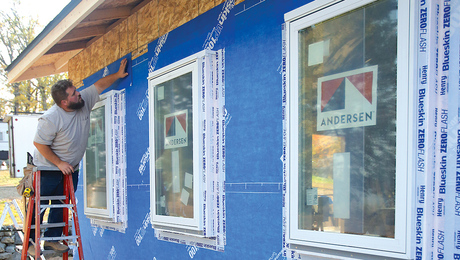
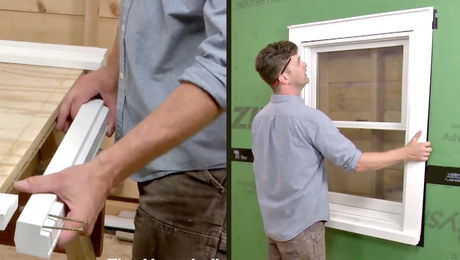
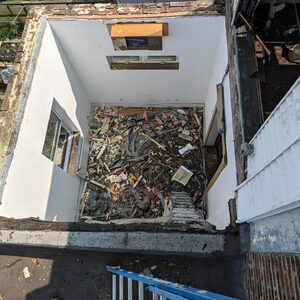
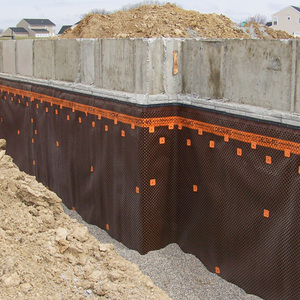
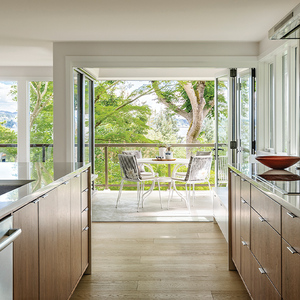
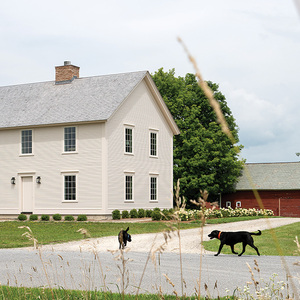













Replies
>>"can a an insulated steel or vinyl french door be as efficient as the Anderson series?
Sure, check the specs for each. Anderson doesn't have a patent on making a door seal tight and insulated. IMHO, the key is the seal. Compare the specs -- insulated glass is basically still an uninsulated hole in the building. It's like the middle of the road gets R 2 and the pricey ones get R 3 (U of .5 to .3). One difference that does make a difference is heat gain, but a shade will pretty much do a similar job. Bottom line, unless I'm missing something, the payback for, say R 2 versus R 3 goes beyond what I'm willing to take. Infiltration is a whole different story. Make sure the door seals tight.
>>"Or does it look "bad" to have ones doors not match ones windows?
I've seen fiberglass stained and it looks OK from a distance. Up to you, of course, if you like it or not. Doors not matching windows is also a matter of personal taste as well as what else is going on in the home. If all the other doors match the windows, this one will tend to stick out. If not, maybe you can get away with it. (In the house where I live, just about every room is different in some way, and we are making some of them even more different -- different trim, flooring, etc. I like it).
"Let's get crack-a-lackin" --- Adam Carolla
Here's what I do when I need a french door: Go to a couple of HD's and look through the pile of Andersen Frenchwood doors on the shelves. There's always one or two that someone has returned that you can get fairly cheap if you ask the manager. Last time I got a 6 footer for $500 (Bought an open-box, but they delivered an unopened one!).
hurnik.... no way are any of the run of the mill steel / vinyl doors even close to an Andersen Frenchwood pair of french doors
the 5 point locking mechanism alone make a huge difference.. worth the difference in money ?
absolutely.. if you are going to live in the house for 10 years
one thing you really want to think about is do you REALLY need both doors to operate... a 6' door with one operating panel costs a lot less that a double operating.. and is more energy efficient than a double
and you will probably NEVER open both doors anyway
Tell me your door config.
Is it inswing or outswing.
Do both door leaves swing on hinges, or is one fixed?
Thanks for all the answers.Let's see, 5' door, both "inswing" (doors open inside the house, not outside).I think with a 5', I'll need both doors to open (I can't really put a 6' in there--a bit big, IMO).
If the door has protection from elements, by virtue of a generous roof overhang, you might find an Andersen Frenchwood competitor door that can save you money.
The competitors would be from competing window companies . . . Vetter, Pella, Marvin, etc. The characteristics are: real wood interior face, metal- or fiberglass-clad frame, cladding or factory finish on exterior of door panels.
If the door will see wind and rain, then forget all the others and get the Frenchwood.